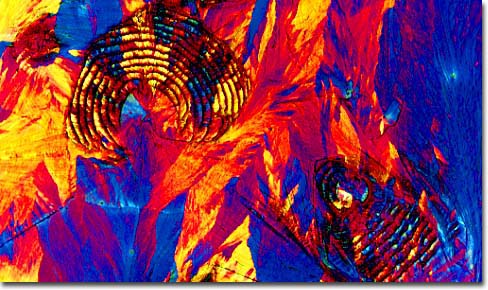|
Uridine is a molecule that forms from the attachment of the organic base uracil to the sugar ribose. It is comprised of 9 carbons, 12 hydrogens, 2 nitrogens, and 6 oxygen atoms per molecule. Uridine can be phosphorylated with phosphoric acid groups to generate the three nucleotides uridine monophosphate (UMP), uridine diphosphate (UDP), and uridine triphosphate (UTP). Uridine forms a number of other nucleosides and nucleotides when it occurs with deoxyribose instead of ribose, but, dissimilar to other pyrimidines, these are found infrequently in living systems. Nevertheless, nucleotides derived from uracil play a key role in cellular metabolism. UTP, for instance, functions as a coenzyme active in the biosynthetic process of glycogen and lactose in humans and other mammals.
|
